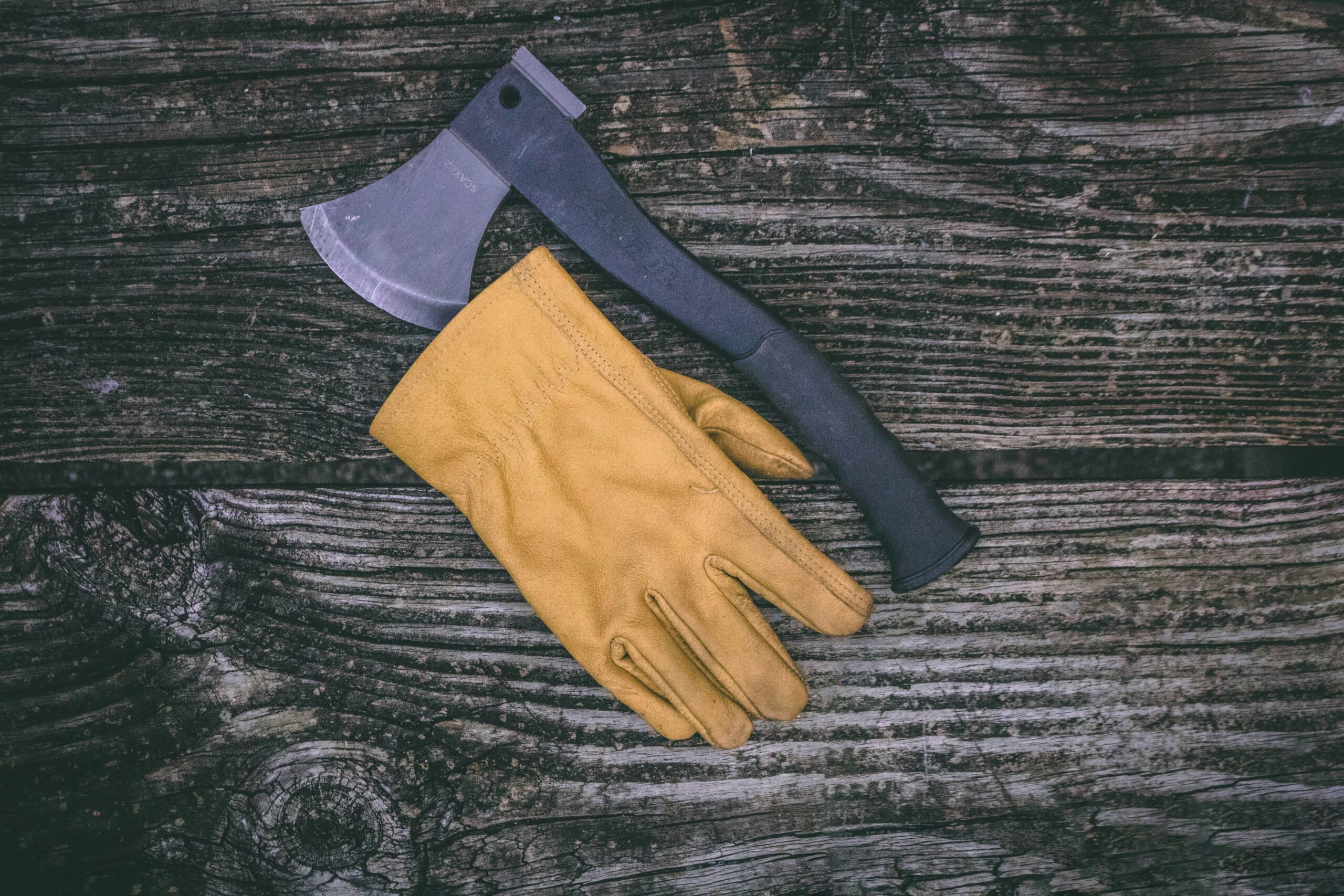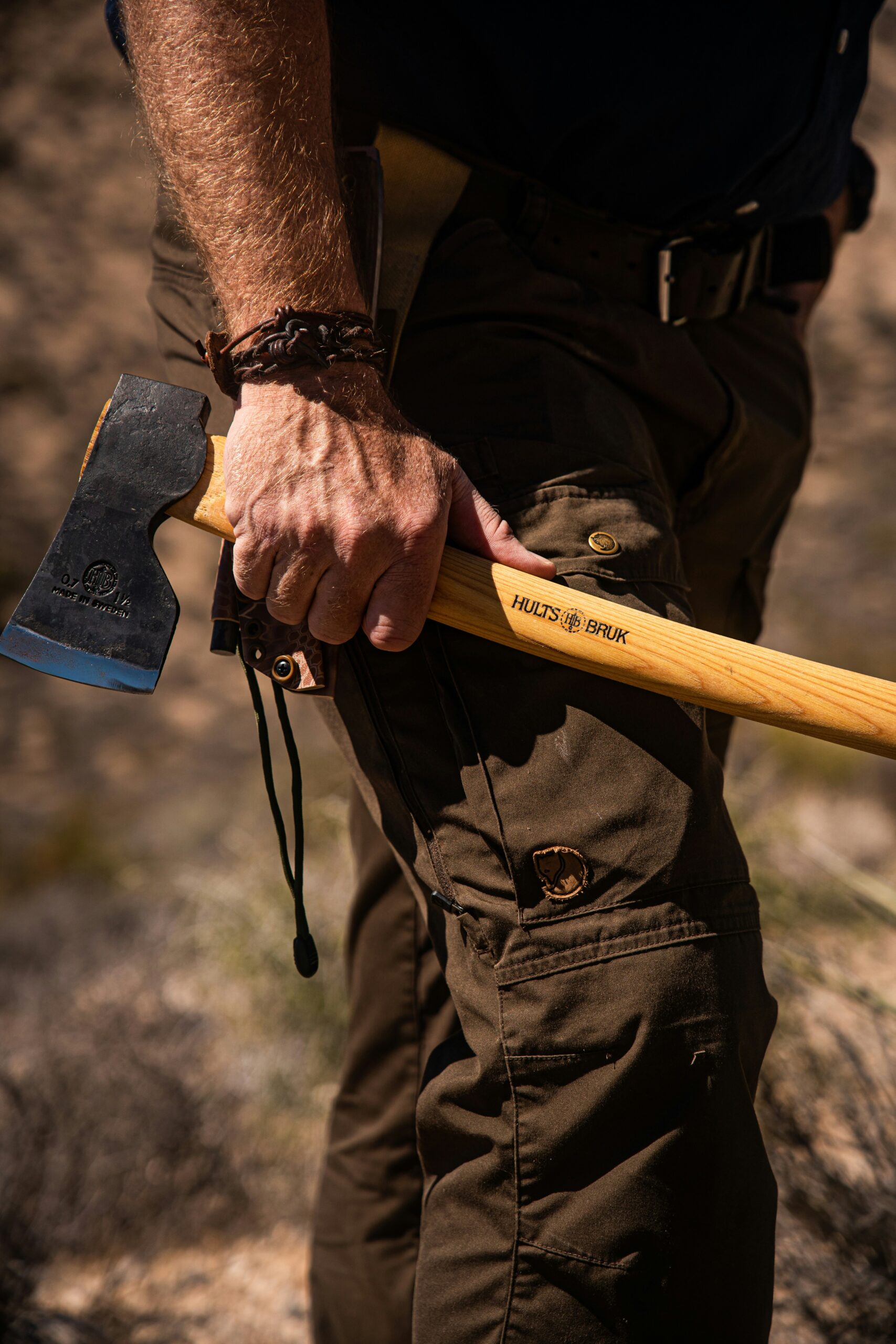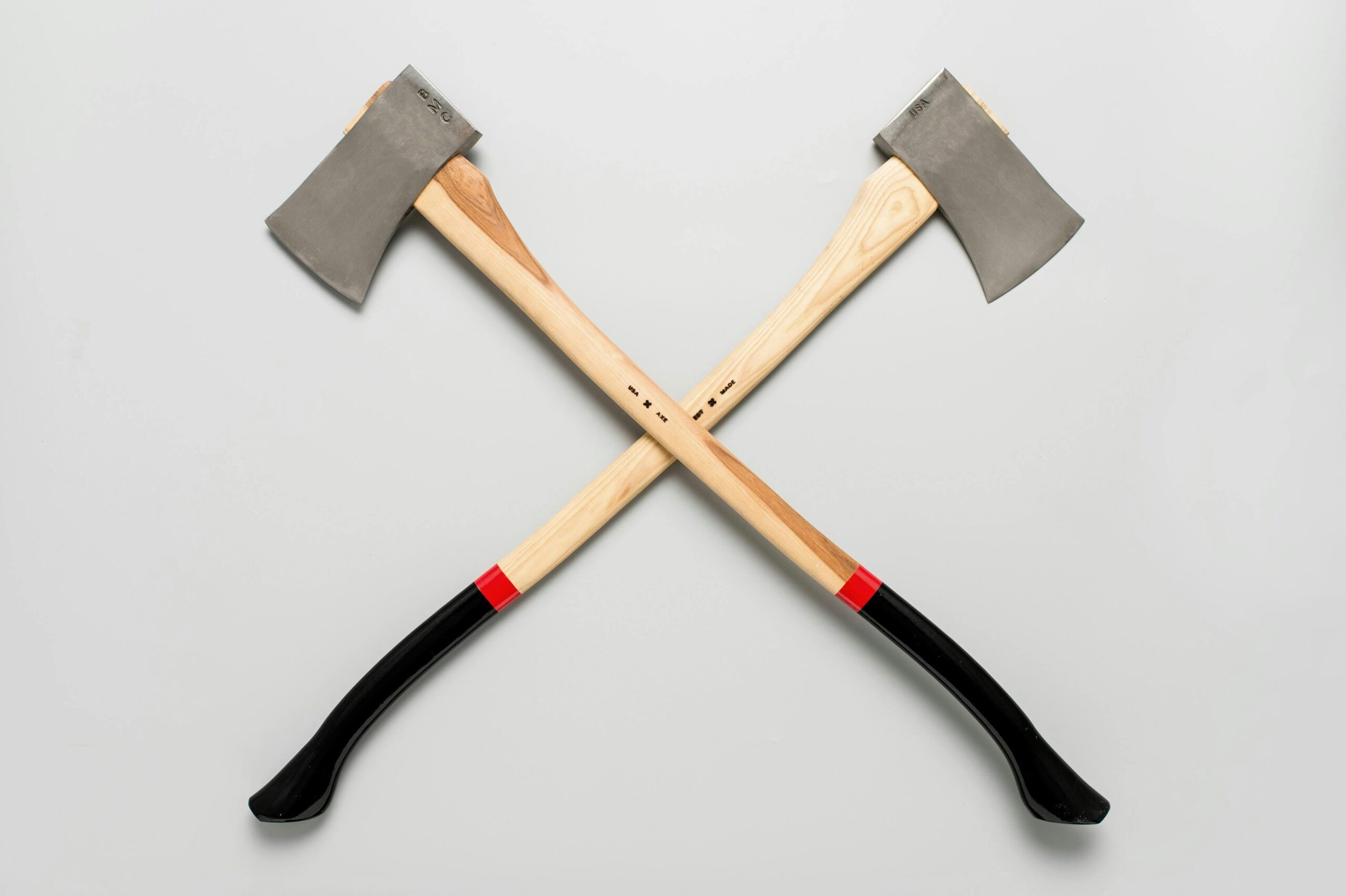Are you ready to choose your first tactical throwing axe? With so many options available, selecting the right one can feel daunting, especially when considering factors like design, material, and intended use. This guide will cover the essentials of tactical throwing axes, including key features to look for and beginner-friendly options. By the end, you’ll have the knowledge to select a quality axe that matches your needs while prioritizing safety. Whether you’re new to the sport or expanding your skills, this guide will help you make an informed choice and enjoy the experience to its fullest.
Key Takeaways
- Tactical throwing axes have both historical significance and modern applications in sports
- Consider weight, balance, and grip when selecting a tactical throwing axe
- Practicing basic techniques improves accuracy and builds confidence in axe throwing
- Safety gear and proper handling techniques are crucial for a safe throwing experience
- Connecting with other enthusiasts fosters support and enhances the learning experience
Understanding the Basics of Tactical Throwing Axes

Tactical throwing axes are versatile tools that can be an exciting addition to a survival kit. These axes, often similar to tomahawks, have a rich history and cultural significance, dating back to their use by various Indigenous peoples. Today, axe throwing is popular, showcasing modern applications of these age-old tools. This section will define tactical throwing axes, explore their background, and discuss their relevance in contemporary sports.
Defining the Tactical Throwing Axe
A tactical throwing axe is a specially designed tool made for precision and performance. Typically featuring a carbon steel blade, these axes offer durability and sharpness, allowing for effective throwing. Many models use a nylon handle for added strength and grip, while some might include a tang that secures the blade more robustly to the handle, enhancing overall stability during use.
Weight plays a crucial role in the functionality of a tactical throwing axe. A too-heavy axe can be difficult to throw accurately, while one too-light may not effectively embed in the target. Options with a balanced weight and a comfortable leather grip ensure that users can confidently throw and retrieve their axes in various conditions.
The History and Cultural Significance
The history of tactical throwing axes can be traced back to ancient times when they served as both tools and weapons. Various cultures, including Indigenous peoples, used throwing axes for hunting and combat, making them an essential part of their daily lives. These axes, often carved from wood and stone, evolved into the modern throwing axes and battle axes seen today, which can be made from durable materials like carbon steel, and some even use plastic for lighter models.
- Ancient tools used by Indigenous peoples
- Battle axes in combat situations
- Modern evolution into tactical throwing axes
- Materials used today: carbon steel and plastic
- Continued relevance in sports and survival
Modern Applications and Sports
Today, tactical throwing axes are not just tools; they have found a significant place in the world of sports. The World Axe Throwing League offers competitive events where participants use carbon throwing axes, often alongside hatchets, to test their skills and precision. Many enthusiasts engage in this thrilling sport, often investing in a good scabbard to safely carry and protect their axes, ensuring they are always ready for practice or competition.
Key Features to Look for in Your First Axe

Several key features should be considered when choosing a tactical throwing axe to ensure a satisfying experience. Blade design and materials affect performance and durability, while handle length and ergonomics influence comfort and control. Additionally, weight and balance are crucial for accurate throws, and the axe’s overall durability and craftsmanship determine its longevity.
Blade Design and Materials
A tactical throwing axe’s blade design and materials play a major role in its performance. Good quality blades are often made from carbon steel, which provides a sharp edge and excellent durability. Beginners should look for blades that are well-balanced, allowing for easier and more accurate throws. A thicker blade may resist bending, while a sharp point ensures better target penetration, improving the overall throwing experience.
- Choose blades made from carbon steel for durability.
- Look for well-balanced designs for accurate throws.
- Select thickness to prevent bending during use.
- Sharp points enhance penetration into targets.
Handle Length and Ergonomics
A tactical throwing axe’s handle length and ergonomics are crucial for comfort and control during use. A handle that is too long or too short can affect the thrower’s ability to aim accurately and maintain a secure grip. Beginners and enthusiasts should choose a handle that fits comfortably in their hands, allowing for a firm hold without straining the wrist.
Weight and Balance Considerations
Weight and balance are critical factors when selecting a tactical throwing axe. A well-balanced axe allows throwers to achieve better accuracy, providing the right combination of weight distribution and ease of handling. For beginners or enthusiasts, picking an axe with a weight that feels comfortable can significantly enhance the throwing experience, making it easier to aim and stick the axe to the target.
Durability and Craftsmanship
Durability and craftsmanship are key aspects when selecting a tactical throwing axe. A well-made axe should withstand repeated use without showing signs of wear. Look for options built with high-quality materials such as carbon steel for the blade and sturdy handle designs that ensure reliability during throws:
- Choose axes made with carbon steel blades for long-lasting sharpness.
- Examine the handle for strong construction and good grip.
- Inspect seams and joints to ensure solid craftsmanship.
Different Types of Tactical Throwing Axes for Beginners

When selecting a tactical throwing axe, beginners should consider different types to find what suits their needs. Single-headed axes offer simplicity and ease of use, while double-headed axes provide versatility in throwing techniques. Compact models enhance portability; some axes have additional functionalities like built-in tools. Each type offers unique benefits for new enthusiasts.
Single-Headed vs. Double-Headed Axes
Single-headed axes are often recommended for beginners due to their simplicity and ease of use. They allow for straightforward throwing techniques, making it easier for new throwers to build their skills and confidence. On the other hand, double-headed axes offer versatility, giving users the option to throw from either side, but they may require more practice to master. Choosing between the two types largely depends on individual preferences and the throwing style the user wishes to pursue.
Compact Models for Easy Handling
Compact models of tactical throwing axes are ideal for beginners because they are lightweight and easy to handle. Their smaller size makes them great for travel and storage, allowing users to practice their throwing skills without needing much space. Many throwers find that these axes offer better control and comfort, which helps build confidence as they learn the basics of throwing techniques.
Axes With Additional Functionalities
Axes with additional functionalities can be a great choice for beginners looking to expand their skills and capabilities. Some tactical throwing axes come equipped with features like built-in tools, such as wire cutters or bottle openers, adding practical use beyond just throwing. This added versatility can be especially appealing for outdoor enthusiasts or those who want a multi-purpose tool for camping or survival situations:
- Multi-functional features enhance usability.
- Great for camping or survival needs.
- Examples include axes with wire cutters or bottle openers.
Conclusion
Selecting the right tactical throwing axe is essential for both beginners and enthusiasts looking to enhance their throwing skills. Understanding features like blade design, handle ergonomics, and overall durability ensures a safer and more enjoyable experience. Practicing with the right axe also boosts confidence and accuracy, paving the way for successful throws. By making informed choices and engaging in regular practice, aspiring throwers can truly embrace the excitement of this dynamic sport.

